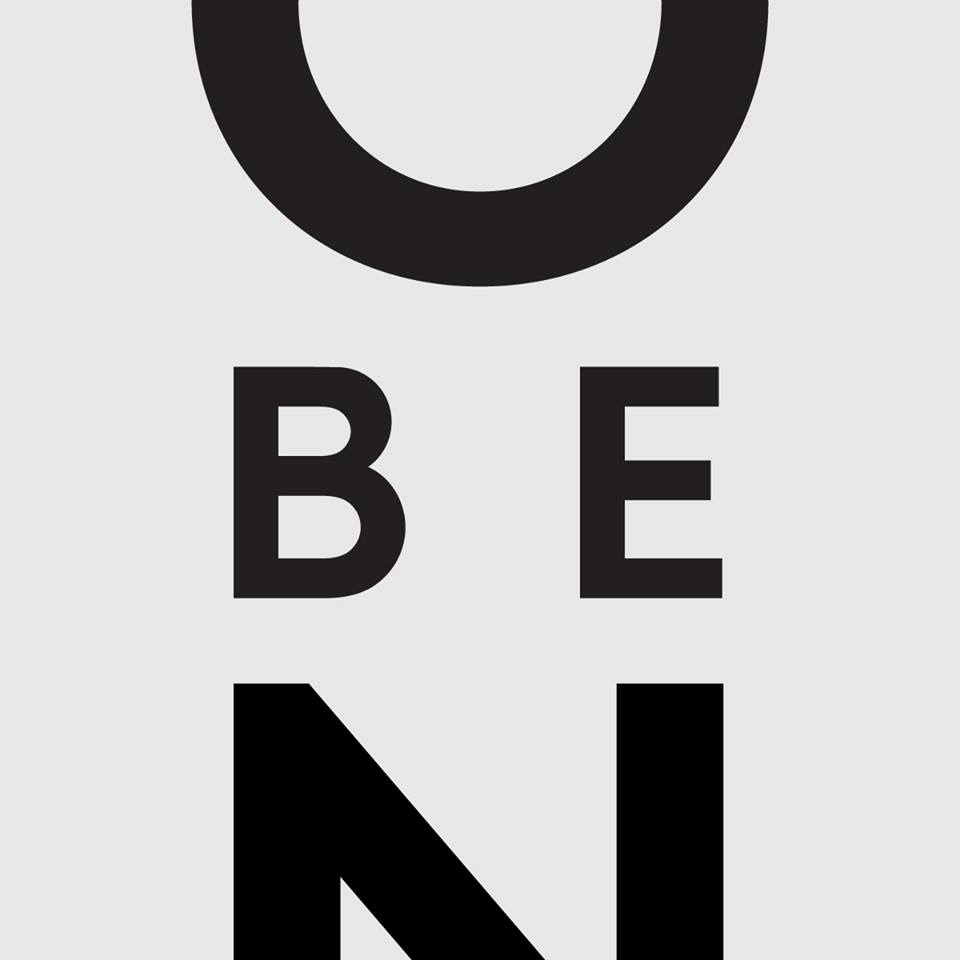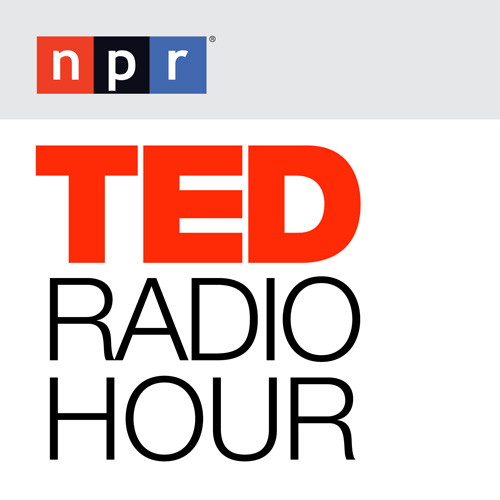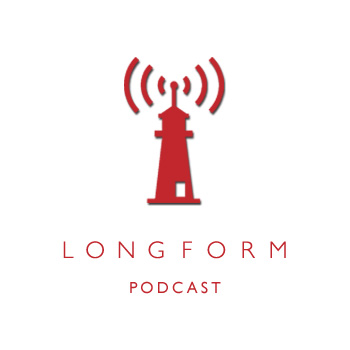Nine Podcasts for a Fuller Life | Brain Pickings.
by Maria Popova
A short playlist of intellectual, creative, and spiritual invigoration.
We are storytelling animals and the actual telling of stories — that ancient aural mesmerism of the human voice — continues to bewitch us somehow more thoroughly than any other medium of tale-transmission. This, perhaps, is why podcasts have emerged as a storytelling modality capable of particular enchantment — a marriage of the primeval and the present.
Here are nine favorite exemplars of the medium, each showcased via one particularly spectacular episode and a sampler-playlist of three more treats from the show’s archives.
On Being with Krista Tippett (iTunes): Mary Oliver // Listening to the World
The Pulitzer-winning poet and shaman of paying attention, beloved and oft-quoted but rarely interviewed, cracks her inner world open at the age of 79 — and what gushes forth is nothing short of magic.
Things take the time they take. Don’t worry.
How many roads did St. Augustine follow before he became St. Augustine?
Other episodes of note: Margaret Wertheim // The Grandeur and the Limits of Science :: Joanna Macy // A Wild Love for the World :: Parker Palmer and Courtney Martin // The Inner Life of Rebellion
Radiolab with Jad Abumrad and Robert Krulwich (iTunes): Translation
From poetry to 911 calls, WNYC’s Jad and Robert embark upon a characteristically mind-bending exploration of how close words can get us “to the truth and feel and force of life” and how far they can lead us stray from the actual meaning of things.
Any person is kind of a universe — they’re too big to comprehend in their entirety, and so any translation [of a person’s work] is only going to get you a tiny piece of that person, a tiny fraction.
Other episodes of note: Super Cool :: Things :: Speedy Beet
Design Matters with Debbie Millman (iTunes): Dani Shapiro
The celebrated novelist, memoirist, and author of the superb Still Writing: The Pleasures and Perils of a Creative Life discusses the experience of growing up in an Orthodox Jewish family, her ongoing quest to master the art of presence, and the interplay of courage and vulnerability necessary for being an artist.
When writers who are just starting out ask me when it gets easier, my answer is never. It never gets easier. I don’t want to scare them, so I rarely say more than that, but the truth is that, if anything, it gets harder. The writing life isn’t just filled with predictable uncertainties but with the awareness that we are always starting over again. That everything we ever write will be flawed. We may have written one book, or many, but all we know — if we know anything at all — is how to write the book we’re writing. All novels are failures. Perfection itself would be a failure. All we can hope is that we will fail better. That we won’t succumb to fear of the unknown. That we will not fall prey to the easy enchantments of repeating what may have worked in the past. I try to remember that the job — as well as the plight, and the unexpected joy — of the artist is to embrace uncertainty, to be sharpened and honed by it. To be birthed by it. Each time we come to the end of a piece of work, we have failed as we have leapt — spectacularly, brazenly — into the unknown.
Other episodes of note: Chris Ware :: Morley :: Seth Godin
The Tim Ferriss Show (iTunes): Amanda Palmer on How to Fight, Meditate, and Make Good Art
In a wide-ranging and wildly inspiring conversation, Amanda Palmer expands on her ideas from the indispensable The Art of Asking as she contemplates creativity, sanity, integrity, and what it means to be an artist.
Part of the struggle of actually finding happiness as an artist is the daily fight to not define success the way the rest of the world defines success — which is hard, because you have to fight the same battles every day.
[…]
Success has this very two-faced essence… As an artist playing the game in the industry… you kind of have to play that game a little bit and ride the balance, trying to get your book on the New York Times bestselling list and knowing what to do to do that, but also, simultaneously, not drinking the Kool-aid — swishing it around your mouth and spitting it out.
Other episodes of note: Matt Mullenweg on Polyphasic Sleep, Tequila, and Building Billion-Dollar Companies :: Tony Robbins on Morning Routines, Peak Performance, and Mastering Money :: Rolf Potts on Travel Tactics, Creating Time Wealth, and Lateral Thinking
Invisibilia with Lulu Miller and Alix Spiegel (iTunes): The Secret History of Thoughts
From psychologists’ multiple theories about why a young man found his mind suddenly flooded with horribly violent images to how someone trapped in his body for thirteen years found true love, co-hosts Alix Spiegel and Lulu Miller ask the seemingly simple yet life-shaping question: “Are my thoughts related to my inner wishes, do they reveal who I really am?”
The world of therapists and how they think about thoughts … is in the middle of a huge revolution. And it’s one I don’t know if most people know about.
Other episodes of note: The Power of Categories :: Entanglement :: Fearless
TED Radio Hour with Guy Raz (iTunes): The Source of Creativity
In another stimulating installment of this ongoing collaboration between TED and NPR, writer Elizabeth Gilbert, musician Sting, brain researcher Charles Limb, and education reform champion Sir Ken Robinson explore the origin of creativity from multiple perspectives.
I had a great story recently — I love telling it — of a little girl who was in a drawing lesson. She was 6, and she was in the back, drawing. The teacher said this little girl hardly ever paid attention. In this drawing lesson, she did. And the teacher was fascinated.
She went over to her, and she said, what are you drawing?
And the girl said, I’m drawing a picture of God.
And the teacher said that nobody knows what God looks like, and the girl said, “They will in a minute.”
Kids will take a chance. If they don’t know, they’ll have a go… They’re not frightened of being wrong… If you’re not prepared to be wrong, you will never come up with anything original… And by the time they get to be adults, most kids have lost the capacity. They have become frightened of being wrong.
Other episodes of note: Success :: Framing the Story :: The Money Paradox
The One You Feed with Eric Zimmer (iTunes): Edward Slingerland
The eminent scholar of Chinese thought, author of the excellent Trying Not to Try: The Art and Science of Spontaneity, discusses the paradoxical nature of conscious intention.
There are a lot of goals that we cannot pursue directly: relaxation, happiness, attractiveness [and] creativity — when you pursue them directly, they flee from you… If you think about the two-system nature of the human mind, when you’re trying to relax, or you’re trying to be happy and not think about things, the part of the brain you’re trying to shut down is the part you’re using to do the shutting down. It’s like trying to dissemble a bicycle while you’re riding on it — it’s directly paradoxical.
Other episodes of note: Carol Dweck :: Andrew Solomon :: Oliver Burkeman
The Longform Podcast by Max Linsky, Evan Ratliff, and Aaron Lammer (iTunes): George Saunders
The celebrated author and New Yorker contributor discusses, among myriad other insightful and fascinating things, how evolving as a writer is about bridging the gap between one’s values as a person and the values one’s writing espouses.
Maybe you would understand your artistry to be: Put me anywhere, I’ll find human beings; I’ll find human interest; I’ll find literature. And I guess you could argue the weirder — or maybe the less explored — the place, the better.
Other episodes of note: Cheryl Strayed :: Ta-Nehisi Coates :: Tavi Gevinson
The New York Public Library Podcast (iTunes): Mark Strand on Artistic Imagination
The Pulitzer-winning poet, MacArthur genius, and sage of creativity on the artistic imagination, shortly before his death. That Strand’s final interview should be a conversation with his daughter, the New York Public Library’s own Jessica Strand, only adds to the beauty and poignancy of that conversation.
I can’t imagine a life without books — without reading. I don’t know how people get through a day without reading!














